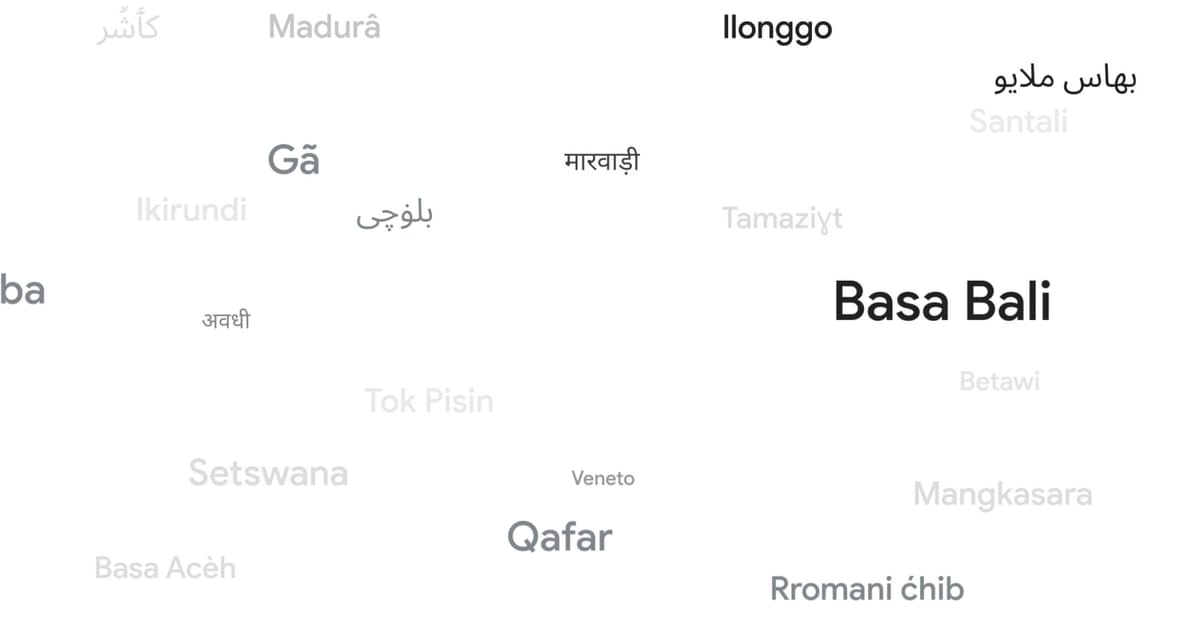
Google just massively expanded Translate, adding 110 new languages with help from its PaLM 2 AI model. This update brings translation tools to over 614 million people, about 8% of the world's population.
The expansion covers a huge range - from widely-spoken Cantonese to Manx, a once-extinct language from the Isle of Man. Curiously, Google chose its older PaLM 2 model for this task instead of the newer Gemini AI family. We've reached out to Google for some clarity and will update this article if they respond.
African languages got a major boost, making up about a quarter of the new additions. Fon, Kikongo, Luo, and Wolof are now available, significantly increasing Google's coverage of African languages.
Some interesting newcomers include:
- Cantonese: Long requested but tricky to add due to its written similarity with Mandarin.
- NKo: A standardized West African language using a unique alphabet invented in 1949.
- Tamazight: A Berber language spoken across North Africa, supported in both Latin and Tifinagh scripts.
Google focused on the most common forms of each language, while acknowledging the wide variations that exist. For example, their Romani support is based on the Southern Vlax variety but mixes in elements from other dialects.
This marks Google's biggest language update ever. In a blog post, Isaac Caswell, a senior engineer at Google Translate explained, "We're using AI to expand the variety of languages we support." PaLM 2 proved crucial for efficiently learning related languages, like Hindi variants and French creoles.
This update aligns with Google's goal to support 1,000 languages, announced in 2022. Back then, they added 24 languages using zero-shot learning, where AI translates without examples.
While impressive, challenges remain. Machine translation still struggles with dialects, cultural context, and evolving language use. Google plans to keep working with linguists and native speakers to improve their system.

